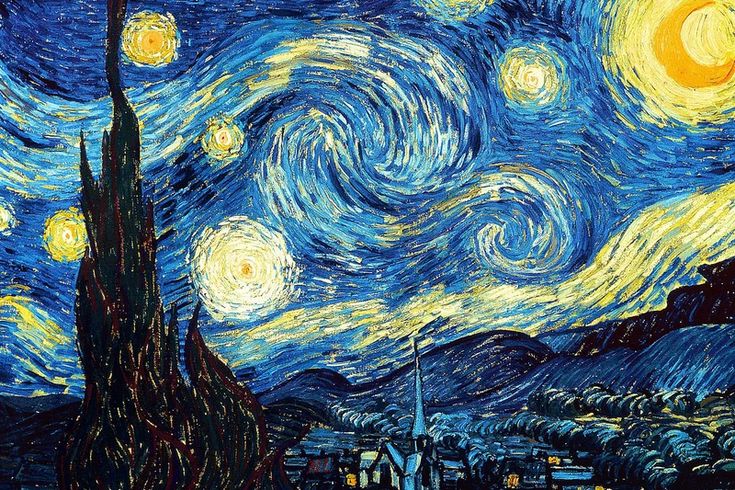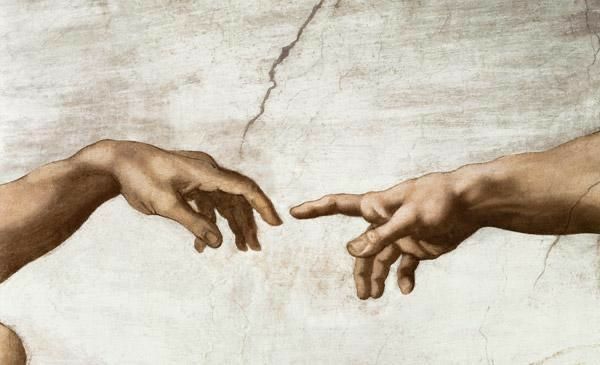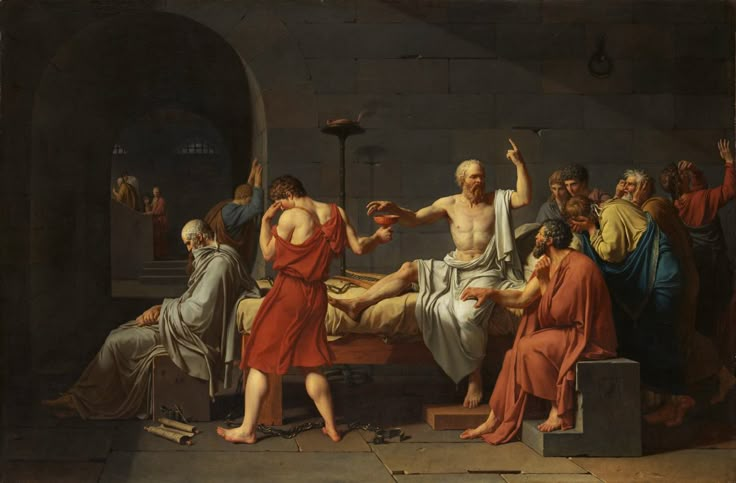Why Arts is Important ?
Arts can be termed as modes of expression that use skill or imagination in the creation of aesthetic objects, environments, or experiences that can be shared with others.
Traditional categories within the arts include literature(including poetry, drama, story and so on), the visual arts (painting, drawing, sculpture, etc.), the graphic arts (painting, drawing, design and other forms expressed on flat surfaces), the plastic arts (sculpture, modeling), the decorative arts(enamelwork, furniture design, mosaic, etc.), the performing arts (theatre, dance, music), music (as composition), and architecture (often including interior design).
The arts, encircling a vast array of creative expressions from visual arts and music to theater and literature , play an indispensable role in shaping human civilization. Traditionally, all forms of art are assumed to be mere aesthetic pursuits. However, that is not the case. Apart from being aesthetically pleasing, arts also serve as crucial passages for cognitive development, emotional well-being, cultural preservation, economic growth and social cohesion. Research shows that engagement with the arts enhances academic performance, fosters critical thinking and cultivates empathy. Similarly, art therapy has emerged as a progressive and reframing tool for mental health while the creative industries contribute significantly to the global economies, accounting for trillions in revenue, significant shares of GDP and millions of jobs worldwide.
Altogether these findings suggest that arts complement individuals and society in more profound ways than mere entertainment.
Benefits of Integrating Art into Educational Curriculum
1- Cognitive Development and Academic Achievement :
Art education stimulates areas in brain associated with deep reasoning and advanced problem-solving. Studies indicate that students engaged in regular art classes (visual and performing arts) often show stronger rational skills, such as critical analysis, problem- solving and creativity. These individuals also display better and enhanced performance in STEM (Science, technology, engineering and mathematics) disciplines. For example, the activity of visualizing a drawing uses the same regions of brain responsible for solving geometric problems. This cross-disciplinary correlation pretty much sums up why schools with strong and extensive art programs report 20-30% higher mathematic and reading scores compared to institutes that are sticking to traditional curricula. Research shows that training with music physically changes the brain as professional musicians
have better neural connections than non-musicians and even short-term art/music training programs tend to increase brain activity. Art-making strengthens executive functioning skills such as task prioritization and adaptive thinking which are also efficiently utilized in research and data analysis. A recent study shows that healthy older adults who regularly attend concerts, museums, dance classes, or other art events, comparatively exhibit slower cognitive or mental decline. In short, art training gives the mind exercise that translates to sharper thinking, better memory and improved academic outcomes.
2- Creativity and Arts :
In an era ruled by rapid technological advancement, creativity remains the most in-demand skill in the global job-markets. Art education nourishes creativity in the form of inventive and imaginative thinking by encouraging students to explore multiple solutions for open ended challenges. In the modern times, there are several practical fields where creativity is not just an additional skill, it is a core requirement. These fields depend on one’s ability to develop original ideas, fuse it with the viral trends, look and think beyond the obvious. A few prominent examples of such fields are marketing and advertising, content creation and fashion design.

Cultural Preservation and Identity
Art is a mirror of culture. Traditional arts, from folk dances and native crafts to folk music and storytelling, preserve and maintain a community’s identity and history. According to UNESCO, intangible cultural heritage includes traditions or living expressions inherited from our ancestors and passed down to our descendants such as oral traditions, performing arts, social practices, rituals, festive events, and skills to produce traditional crafts. Unlike textual records, which can be fabricated, art captures the deep-rooted and innate realities of different eras. Art history goes beyond evolution; it serves as a portal to the social, political and cultural scenarios which formed a concrete basis for different artworks. For instance, the pottery and seals gathered from the remains of Mohenjo Daro and Harappa helped historians investigate their culture and linking their lineage with Indus valley civilization. Similarly, the magnificence and extravagance of Mughal empire is made eternal through grand architectural structures such as Taj Mahal, Laal Qila and Shahi Qila. Music also serves as powerful historical record. In the context of Punjabi culture, the poets like Bulley Shah, Waris Shah, not only entertain but have also preserved century’s old themes of love and tragedy, defiance and emotional-depth through their poems. One of the legendary examples is Heer- Ranjha.
Art transcends the leaps and bounds of linguistic barriers, fostering social interaction between multicultural communities. This is because in such societies, art provides a common ground by
exposing individuals to different heritages and break stereotypes. Festivals, heritage craft and folk dance and music and cultural attire give younger generations a living connection to their roots, reinforcing cultural pride. This proves that arts keep cultural traditions alive and strengthen collective identity for future generations.

Economic Impact
Arts hold a very important position in a country’s economy. The Cultural and creative industries contribute significantly to the global economy. The United Nations (UNDP 2024) reports that the creative economy makes up about 3.1% of world GDP and 6.2% of all jobs, generating over $2 trillion in revenue and some 50 million jobs worldwide. The UK’s creative sector generated £126 billion in 2022, employing 2.4 million individuals-a larger workforce than aerospace and automotive industries combined. It is also noteworthy that a South Korean boyband, BTS, is solely known to contribute 0.3% of total South- Korean GDP. This growth stems from art’s dual role as cultural asset and monetary tool. For example, the video game industry (rooted in narrative and visual design) now surpasses Hollywood in global revenue, reaching $200 billion in 2025. Notably, 68% of Silicon Valley product managers hold degrees in arts or humanities, leveraging their storytelling skills to enhance user engagement
Emotional Well-Being and Mental Health
Creative arts are used in supporting mental health in a variety of ways. Art therapy uses creative means to treat mental illnesses and improve mental health. Clinical research validates art therapy as an effective intervention for anxiety, depression, and trauma. It can involve various treatments, such as theater therapy, dance movement psychotherapy, music therapy, poetry, pottery drawing, painting and craft therapy. Art therapy captivates mind, body and soul in ways that verbal expression alone is not able to.
Art is also known fir its role in stress reduction and mindfulness. The tangible nature of art- making whether weaving textile, shaping pottery, composing musical notes, inking stories or creating rhymes and various others, induces meditative states that lowers cortisol levels, hence, decreasing stress. According to a study by APA Psychiatric, schools incorporating daily art breaks observe a 25% reduction in classroom disruptions, as students channel nervous energy into constructive projects. It is also proven by the same study that forty-five minutes of creative activity decreases brain activity, hence relieving chronic stress.
Overall, engaging with the arts – whether through making, performing, or simply viewing – boosts positive emotions, fosters empathy, and provides a healthy outlet for expression.

Social Inclusion
Art overcomes the worldly divisions created by the capitalist society. It acts as a bonding medium to help individuals from diverse backgrounds connect together. Community art projects such as public murals, dance troupes, or neighborhood choirs, create shared experiences that bring people together. A review of dozens of studies found that participating in local arts programs often builds both social cohesion and community well-being. One study in Canada found that 63.9% of Indigenous residents (versus 30.6% of non-Indigenous) said the arts were “very important” to their community’s well-being. Even street art can have tangible effects.
Murals and public art enliven neighborhoods and foster pride; some researchers even find that well-kept community art correlates with less crime. Neighborhoods with public art installations report 18% higher social trust levels, as residents co-create symbols of shared identity. In short, by encouraging people to collaborate and share experiences, the arts weave stronger social fabric in cities and towns.
The arts are also known for their role in promoting diversity and creating inclusive and collaborative environment. Initiatives such as sensory-friendly theater performances (lowered lights, relaxed seating) and braille art exhibitions ensure inclusivity for neurodiverse and disabled audiences.
By summarizing the above details, it is clearly evident that arts are far more than entertainment. They sharpen young minds, fuel economies, bind communities, preserve heritage, and nurture mental health. Policymakers must prioritize arts funding in schools, ensuring every child develops the creative fluency needed for future workplaces.
Simultaneously, healthcare systems should integrate art therapy into standard treatment protocols, leveraging its cost-effectiveness and non-invasive nature. As climate protests and AI ethics debates dominate global discourse, the arts offer a vital framework for empathetic, culturally-grounded problem-solving. Investing in the arts today is an investment in humanity’s capacity to innovate, heal, and unite.
Author & Researcher: Hajra Shahzeen